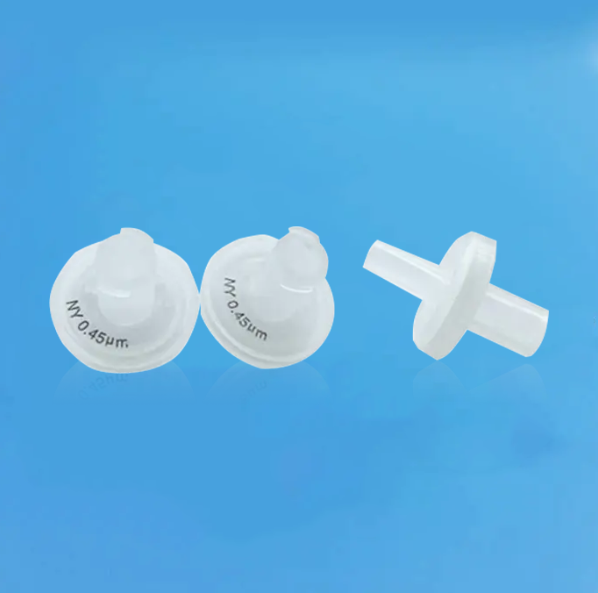A Syringe Filter is an essential tool in laboratories, widely used for sample preparation and purification. Its primary function is to remove unwanted particles from liquids before analysis or testing. By providing a simple yet reliable filtration method, the Syringe Filter ensures that samples are clean, consistent, and ready for precise applications.
The structure of a Syringe Filter is straightforward but highly effective. It typically consists of a plastic housing that contains a membrane filter. The housing is designed to attach securely to a syringe, allowing liquid to be pushed through the membrane. The membrane then traps contaminants, while the purified liquid passes through. Because of this design, a Syringe Filter is easy to use and requires no additional equipment, which makes it suitable for a wide range of laboratory tasks.
One of the key advantages of using a Syringe Filter is its ability to improve accuracy in analytical procedures. Contaminants such as dust, precipitates, or microbial residues can interfere with sensitive instruments like high-performance liquid chromatography (HPLC) systems or spectrophotometers. By filtering samples beforehand, the Syringe Filter protects equipment from blockages and ensures that test results are not compromised by impurities.
The choice of membrane material in a Syringe Filter is also important. Different membranes, such as nylon, PTFE, PES, or cellulose acetate, are available to meet varying laboratory needs. For example, PTFE membranes are resistant to chemicals and ideal for organic solvents, while PES membranes provide low protein binding, which makes them suitable for biological samples. This variety ensures that a Syringe Filter can be adapted to different applications without altering the chemical composition of the sample.
Sterility is another factor that makes the Syringe Filter valuable. Many laboratory procedures, particularly in microbiology and biotechnology, require sterile conditions to prevent contamination. Sterile Syringe Filters are pre-packaged and ready to use, reducing the risk of introducing microorganisms into sensitive samples. This feature helps maintain consistency in experimental results.
Beyond laboratories, the Syringe Filter is used in pharmaceutical, environmental, and food industries. In pharmaceutical testing, it ensures that injectable drugs or liquid formulations are free from particles that could harm patients or affect quality. In environmental studies, water samples often require filtration to remove debris before testing for pollutants. Similarly, in the food industry, a Syringe Filter can be applied to test liquid products for purity and safety.
Another notable benefit of the Syringe Filter is the convenience it provides. Unlike larger filtration systems, it does not require assembly or significant maintenance. A researcher simply attaches it to a syringe, pushes the liquid through, and obtains a filtered sample within seconds. This simplicity helps save time in busy laboratory environments.
From a cost perspective, the Syringe Filter offers efficiency by protecting expensive instruments from damage caused by unfiltered samples. Replacing or repairing analytical equipment can be costly and time-consuming. By incorporating a Syringe Filter into routine sample preparation, laboratories reduce these risks and improve workflow reliability.
Environmental considerations are also relevant. Many Syringe Filters are designed for single use to prevent cross-contamination, but manufacturers are exploring eco-friendly materials and packaging to reduce waste. This development aligns with the increasing focus on sustainability in scientific and industrial settings.
A Syringe Filter is a versatile and practical tool that supports accurate, safe, and efficient sample preparation across multiple fields. Its ability to remove impurities, adapt to different solvents, maintain sterility, and protect laboratory instruments highlights its value. Whether in research, pharmaceutical production, environmental monitoring, or food testing, the Syringe Filter continues to play a central role in ensuring reliable results and smooth laboratory operations.

